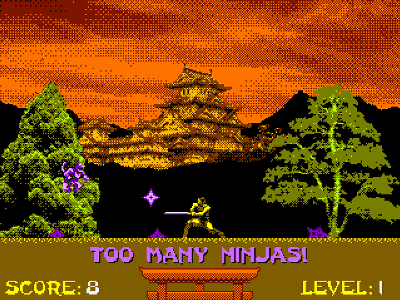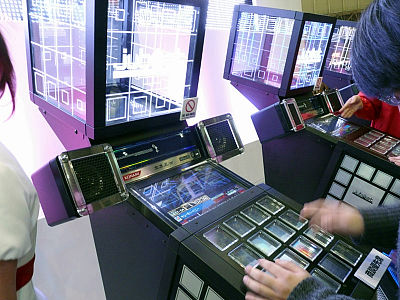In the case of ``Tekken 7,'' the nature of techniques performed in a fighting game is visualized using cards.

In competitive fighting games, players use a variety of characters to perform a wide variety of techniques. Each technique has various numerical values set, such as speed of onset and stiffness, and although they are detailed on official websites and databases created by volunteers, there are some parts that are difficult for beginners to understand. Data designer Jane Chan has published a method to visualize the nature of this technique and make it easier for beginners to understand.
Visualizing fighting game mechanics
Generally, in competitive fighting games, you can perform various techniques using a combination of direction keys (levers) and attack buttons. Techniques in fighting games mainly consist of the following elements, and it is important to understand the nature of each technique in order to improve your skills.
・Generation frame
The time from entering the attack movement until the first attack judgment is issued. One frame is 1/60th of a second, and the shorter the frame, the faster the technique can be performed.
・Attack judgment
The apparent width of the attack hitting the opponent.
・Attack judgment duration
The time from when the attack judgment appears until it disappears. Sometimes simply called 'persistence.'
・Stiffness time after technique
The time until the next action can be taken after the attack detection duration ends. It is sometimes simply called 'rigidity.'
・Upper, middle, lower, throw
In many fighting games, you can basically defend against your opponent's techniques by guarding, and techniques have attributes such as upper, middle, and lower attacks. For example, if you guard while standing, you won't be able to block a lower move, and if you guard while crouching, you won't be able to block a middle move. ” and “attributes of the techniques used” are often designed to create tactics. In addition, throwing is a special technique that can cause damage even when guarded.
・Hit stiffness and guard stiffness
When the technique you perform hits, the opponent character will be unable to move for a certain period of time. Conversely, if the technique is blocked, the opponent character will be unable to move for a certain period of time. At the same time, the character who performed the technique will also be unable to move for a certain period of time due to stiffness after the technique. The length of this stiffness time determines which character can move first, in other words, the character's advantage or disadvantage.
·damage
The amount of physical strength that is reduced when a technique hits.
·reach
Physical distance from when a technique is performed until it hits
All of these elements can be expressed numerically. For example, the frame data of the techniques released by Capcom in ' Street Fighter 6 ' is summarized in the table below, including the occurrence frames and stiffness times.

However, these tables are simply a list of numbers and have poor visibility, making them extremely difficult to read, especially for beginners. Therefore, in the 3D fighting game ``

Diagram showing the contents of the card

Each item written in the figure is as follows.
Command Input: Command input for performing techniques. '1,2,2' indicates button input, and is a command for a technique called 'Papilio Combination (LP, RP, RP)'.
Start-up Frames: Start-up frames, each petal represents one frame.
Effective Range: Shows the reach of the technique in 4 stages.
Damage: Damage of the technique. The Papilio combination is a technique that hits three times, and the number written above is the number of damage, and the squares below it indicate the upper, middle, and lower hits.
Follow-up Frames: 'Block' is guard stiffness, 'Hit' is hit stiffness, 'CH' is hit stiffness on counter hit. If the rigidity frame is negative, it is a disadvantage, and if it is positive, it is an advantage.
Josie from Tekken 7, which is used as an example, has a technique called ``Switch Stance (SWS)'' that changes the derivation of her technique. Mr. Chan says that by looking at the four cards below, you can see at a glance how the techniques differ depending on the button pressed during switch stance.

According to Mr. Chan, the inspiration behind this design was that he wrote information about all the techniques on sticky notes when practicing and pasted them nearby to memorize them.

Related Posts:







